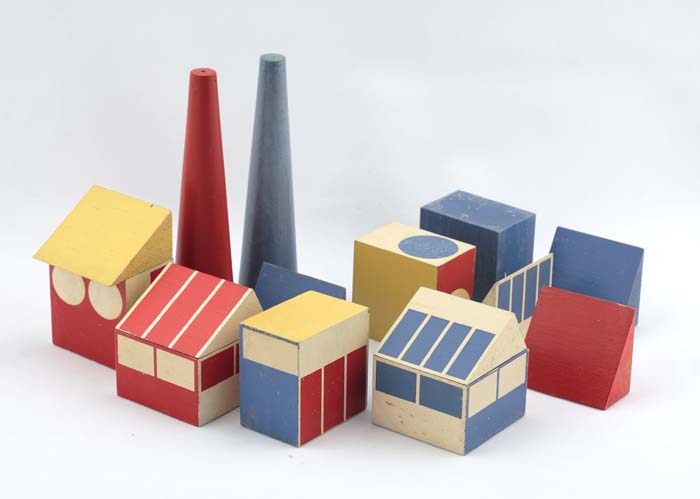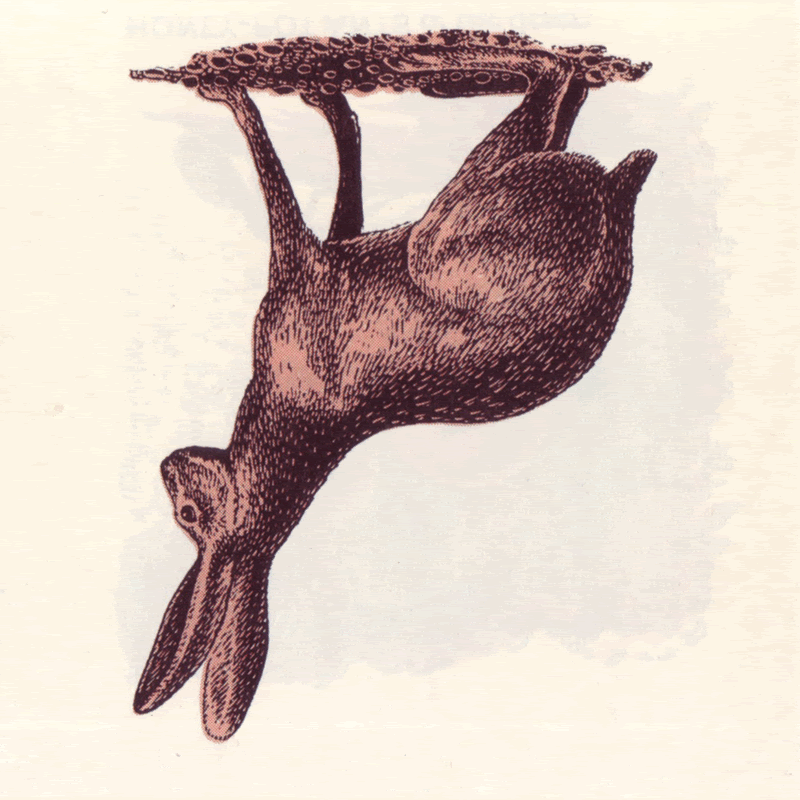
An eruption as sudden and destructive as the one that snuffed out Pompeii overwhelmed the port of St. Pierre on the West Indian island of Martinique in 1902. St. Pierre lay at the foot of Mount Pelée, a volcano which had shown sign of activity only twice in a hundred years, Then, unexpectedly, it began spewing ash and black smoke. Sulphur fumes became so thick that people were forced to go around with kerchiefs over their faces, and horses were suffocated in the streets. Soon earthquakes shook the island daily and ominous thunder rolled deep underground. As these danger signs increased, many people thought of evacuating, but they were reassured by the actions of the island's governor. Convinced that all was well, he made the dramatic gesture of moving his family from the capital of Fort-de-France in residence in St. Pierre.
A few days later, on the morning of May 8, a huge crack burst open in Pelée's flank. Out of it roared an incandescent cloud of steam, other gases and dust, which in less than a minute engulfed St. Pierre, reducing it to ruin. Rescuers came immediately from Fort-de-France but, because the ground was too hot to walk on, were unable to go ashore for hours. When they did they found only three people alive. The first, a woman in her kitchen, died within minutes of when she was found. The second, a man, had managed to run as far as the suburbs of St. Pierre, but he also died soon afterwards.
Three days later, a third survivor was heard crying for help deep in the smoking rubble. The voice came from a dungeon in the city jail. There, terribly burned but still living, was a young African named Ludger Sylbaris. He had survived the holocaust because his cell was fitted only a tiny grate-window which had kept out the full force of pelée's cloud. Sylbaris said that he had heard no sound and seen no fire and that the excruciating heat had lasted only a moment. The terrible moment, however, had been sufficient to kill 30,000 people - every one of the citizens of St. Pierre except Luger Sylbaris.














 An eruption as sudden and destructive as the one that snuffed out Pompeii overwhelmed the port of St. Pierre on the West Indian island of Martinique in 1902. St. Pierre lay at the foot of Mount Pelée, a volcano which had shown sign of activity only twice in a hundred years, Then, unexpectedly, it began spewing ash and black smoke. Sulphur fumes became so thick that people were forced to go around with kerchiefs over their faces, and horses were suffocated in the streets. Soon earthquakes shook the island daily and ominous thunder rolled deep underground. As these danger signs increased, many people thought of evacuating, but they were reassured by the actions of the island's governor. Convinced that all was well, he made the dramatic gesture of moving his family from the capital of Fort-de-France in residence in St. Pierre.
An eruption as sudden and destructive as the one that snuffed out Pompeii overwhelmed the port of St. Pierre on the West Indian island of Martinique in 1902. St. Pierre lay at the foot of Mount Pelée, a volcano which had shown sign of activity only twice in a hundred years, Then, unexpectedly, it began spewing ash and black smoke. Sulphur fumes became so thick that people were forced to go around with kerchiefs over their faces, and horses were suffocated in the streets. Soon earthquakes shook the island daily and ominous thunder rolled deep underground. As these danger signs increased, many people thought of evacuating, but they were reassured by the actions of the island's governor. Convinced that all was well, he made the dramatic gesture of moving his family from the capital of Fort-de-France in residence in St. Pierre. The heavy jaw of a 'Gila Monster' has its own way of poisoning. Aroused, the usually sluggish reptile clamps down on its victims limb and chews, slowly sluicing poison saliva from glands in its lower jaw into the wound, along venom-conducting grooves in its teeth.
The heavy jaw of a 'Gila Monster' has its own way of poisoning. Aroused, the usually sluggish reptile clamps down on its victims limb and chews, slowly sluicing poison saliva from glands in its lower jaw into the wound, along venom-conducting grooves in its teeth. A 'Lean Kit Fox', its nose painted with the blood of a recent victim, crouches in wait for prey. Well equipped for hunting at night in the desert, it listens with huge ears for the scampering of desert rodents. Extremely swift, though short-winded, the kit runs down its quarry in brief, furious dashes, returning afterwards to its burrow to eat its kill.
A 'Lean Kit Fox', its nose painted with the blood of a recent victim, crouches in wait for prey. Well equipped for hunting at night in the desert, it listens with huge ears for the scampering of desert rodents. Extremely swift, though short-winded, the kit runs down its quarry in brief, furious dashes, returning afterwards to its burrow to eat its kill.